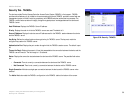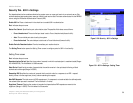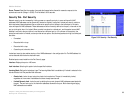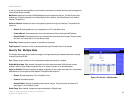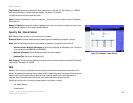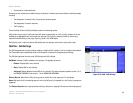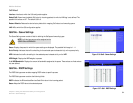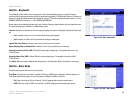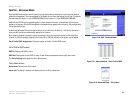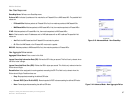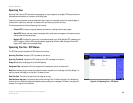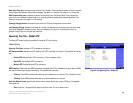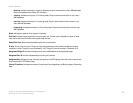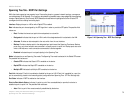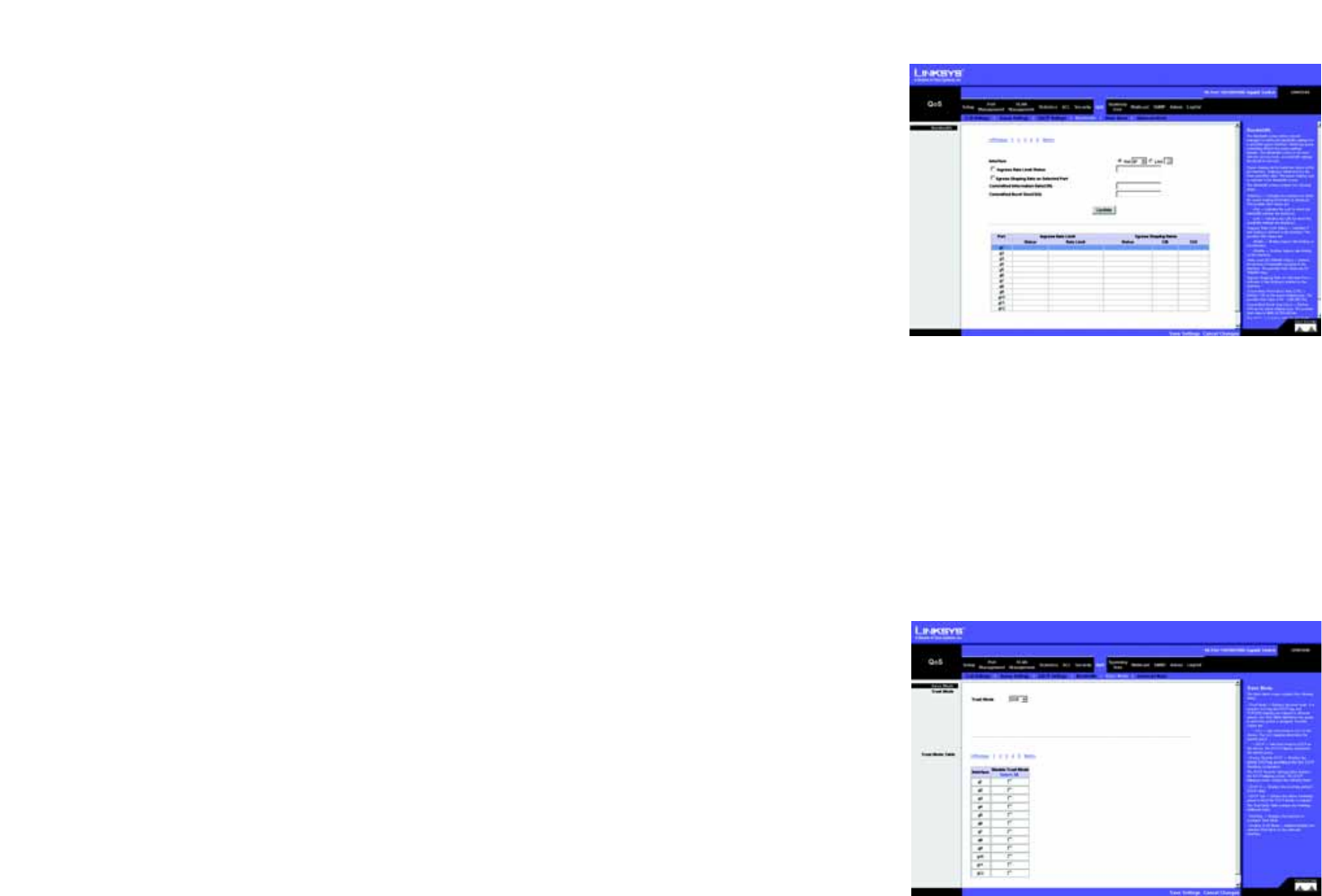
65
Chapter 5: Using the Web-based Utility for Configuration
QoS Tab - Bandwidth
WebView Switches
QoS Tab - Bandwidth
The Bandwidth screen allows network managers to define the bandwidth settings for a specified egress
interface. Modifying queue scheduling affects the queue settings globally. The Bandwidth screen is not used with
the Service mode, as bandwidth settings are based on services. This feature has been added to version 1.2 of the
SRW2024/SRW2016 and version 1.1 of the SRW224G4/SRW248G4.
Queue shaping can be based per queue and/or per interface. Shaping is determined by the lower specified value.
The queue shaping type is selected in the Bandwidth screen.
Interface. Indicates the interface for which the queue shaping information is displayed. The possible field values
are:
• Port. Indicates the port for which the bandwidth settings are displayed.
• LAG. Indicates the LAG for which the bandwidth settings are displayed.
Ingress Rate Limit Status. Indicates if rate limiting is defined on the interface.
Egress Shaping Rate on Selected Port. Indicates if rate limiting is enabled on the interface.
Committed Information Rate (CIR). Defines CIR as the queue shaping type. The possible field value is 64 -
1,000,000 Kbps.
Committed Burst Size (CBS). Defines CBS as the queue shaping type. The possible field value is 4096-
16,769,020 bits.
The Add to List button adds the Bandwidth configuration to the Bandwidth Table at the bottom of the screen.
QoS Tab - Basic Mode
The Basic Mode screen contains the following fields:
Trust Mode. Displays the trust mode. If a packet’s CoS tag and DSCP tag are mapped to different queues, the
Trust Mode determines the queue to which the packet is assigned. Possible values are:
• CoS. Sets trust mode to CoS on the device. The CoS mapping determines the packet queue
• DSCP. Sets trust mode to DSCP on the device. The DSCP mapping determines the packet queue
Figure 5-38: QoS - Bandwidth
Figure 5-39: QoS - Basic Mode




